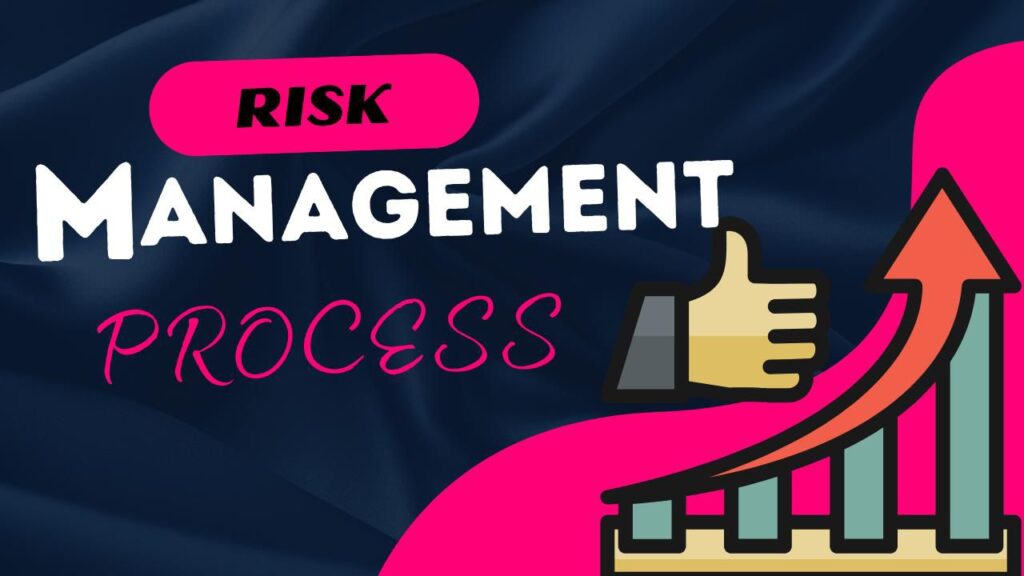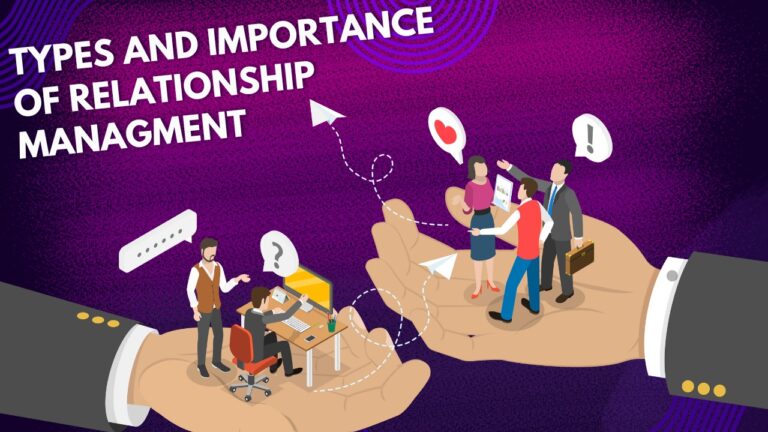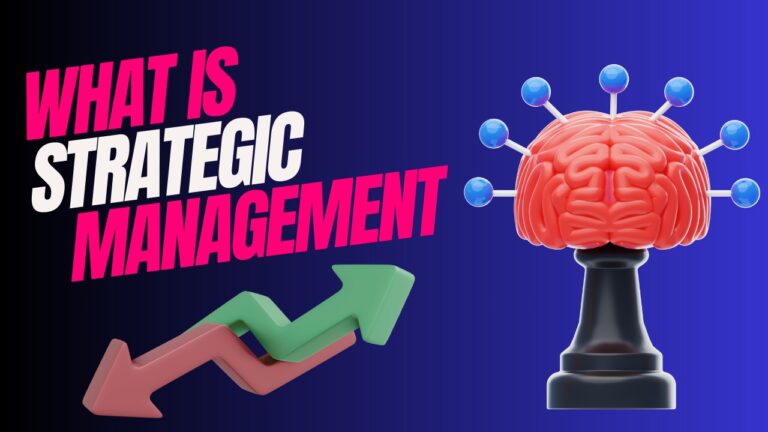RISK MANAGEMENT PROCESS
You are going to learn risk management topics i have discussed in this article are what is risk management? Risk management processes risk management approaches types risk management importance of risk management and limitations of risk management let’s read this article before learning about risk management.

First we should know what is the risk in every business from the small corner store to the large manufacturer there are common challenges with insurance claims and risk in general fire can damage buildings someone could slip and fall vehicles accidents often occur or losses can occur as result of defective products good sense of risk in its different forms can help investors to better figure out the opportunities trade offs and costs associated with different investment approaches in the financial world risk management, is the process of identification analysis and acceptance or mitigation of uncertainty in investment decisions essentially risk management occurs.
When an investor or fund manager analysis and attempts to quantify the potential for losses in an investment and then takes the appropriate action given the funds investment targets and risk tolerance, risk management process there are five necessary steps that are taken to manage risk, we consider these steps as the risk management process it begins with identifying risks evaluate risks, then the risks is prioritized a solution is implemented and finally the risk is controlled.
Let’s discuss each step separately.
1: identify the risk, the first step of risk management is to identify the risk that the business is discovered to in its operating environment there are many types of risk including legal risks environmental risks market risks regulatory risks and much more it’s important to identify as many of these risk factors as possible if the organization has employed a risk management solution all this information is included directly in the system, the advantage of this strategy is that these risks are now transparent to every stakeholders in the organization with access to the system.
2: Analyze the Risk, once your team identifies potential problems its time to go a little deeper how likely are these risks to take place and if they take place what will the consequences be during this step your team will examine the probability and fall out of each risk to choose where to focus first factors such as possible financial loss to the organization time lost and severity of impact all play a part in precisely analyzing each risk.
3: Prioritize the risks after analyzing the risks prioritization begins rank each risk by factoring in both its possibility of happening and its potential impact on the project this step gives you a comprehensive view of the project at hand and pinpoint where team focus should lie it will help you identify useful solutions for each risk this way the project itself is not interrupted in ways during the treatment stage.
4: Treat the risk after prioritizing the risks develop your treatment plan while you can’t expect every risk you should have set up the previous steps for the success of your risk management process starting with the highest priority risk first task your team with either solving or at least reducing the risk so that its no longer a risk to the project effectively treating and modifying the risk also means using your team’s resources properly without hampering the project in the meantime as time goes on and you develop a large database of past projects and their risk logs, you can expect potential risk for a more proactive rather than reactive approach for more efficient treatment.
5: Monitor the risk, transparent communication among your team and stakeholders is crucial for the ongoing monitoring of potential threats risks need to be continuously monitored to make sure that risk mitigation plans are working, or to keep you aware if a risk becomes a greater threat.
let’s talk about some risk management approaches after the company exact risk are found and the risk management process has been applied there are several strategies companies can take to treating different risk. First approach is risk avoidance risk avoidance involves stopping and avoiding any activities that could lead to a risk. Risk reduction risk reduction is focused on actions that will reduce the probability of a risk occurring or the impact of a risk, this is done by adjusting particular aspects of an overall project plan or organizational process or by scaling down its scope risk sharing risk sharing is when an organization will transfer or share part of the risk with another organization.






